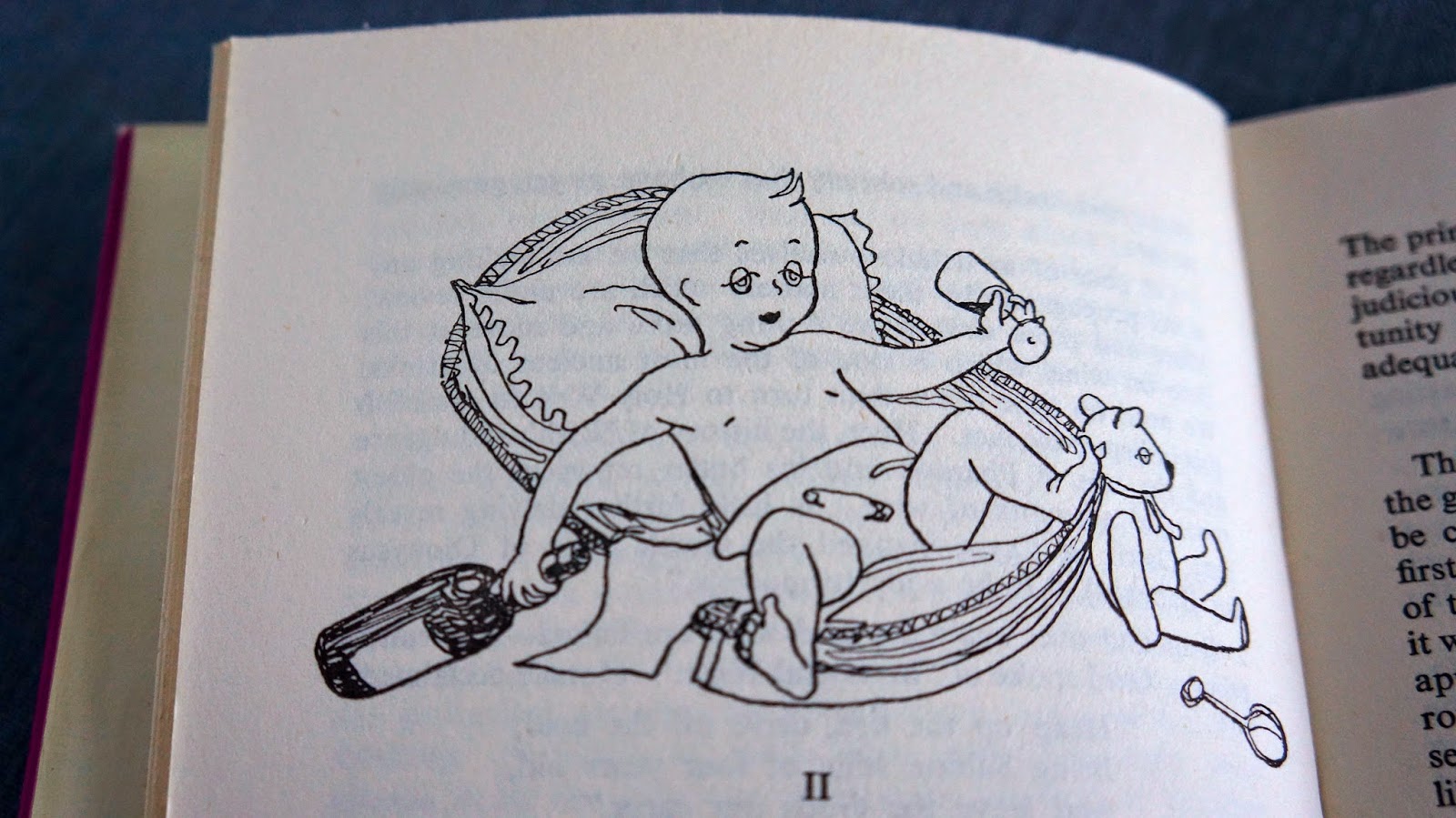Fear not Eurovision fans, Fanny did take the glitzy performance aspect of the competition extremely seriously. Well, you wouldn't expect anything less. She made sure her entourage arrived with a paparazzi flourish, and her gown was suitably dazzling. She claimed to fashion the elaborate apricot coloured satin number herself, studded with diamenté and embossed with ostrich feathers. She whipped around the stage swishing her 3ft train in her wake, much to the 'delight' of the cameramen I am sure. Monsieur Olivier wore grey.
In celebration of the 'other' Eurovision's 60th transmission, the EBU have invited long term supporters Australia to participate, highlighting the theme of 'Building Bridges'. Fair Dinkum. (Please read every sentence from herein with a 'high rising terminal' or upward inflection at the end). I think it sounds like fantastic fun. You probably heard Jason from Don't Boil the Sauce squeal at the announcement. For the past few years he has been tucking into tucker from around Europe for his fabulous Chow Down to Eurovision. I love Eurovision, but he's obsessed. This year he's asking other bloggers to create a dish to represent Australia... Just like Fanny I can't resist a challenge, particularly an internationally-camp and flamboyantly-controversial one involving Eurovision and Australia. So, time to slip on that apricot ballgown, polish my diamanté and flick my train into the kitchen.
Fanny showcased perfectly fine English ingredients in perfectly posh French dishes for the contest. Fanny insisted they both create a Soufflé, and the Oyster version she whipped up for Eurovision was apparently a roof-raiser. So, naturally, I'm adapting the recipe with a suitably Aussie twist as my entry. Luckily Fanny included her recipe in her very final book, The Ambitious Cook - A Lifetime in the Kitchen in 1985 and detailed the story in her autobiography, Something's Burning in 1960. I need to incorporate iconically Aussie ingredients, so what better than Vegemite and Tim Tams? Stone the crows, if this isn't what most Australians would hope to be known for, I apologise. I may have Buckley's chance in this contest already.
To recreate Fannys soufflé I follow her guidelines and make a roux from butter and flour. I plonk in a half a tablespoon or so of Vegemite too. While it's still warm in the pan, like Fanny, I add cream and white wine - obviously Australia-tastic Jacobs Creek! I beat in egg yolks and beat again until smooth. My Tim Tams are whizzed up to a powder and mixed in to sweeten before the very stiffly whipped egg whites are folded in. I've already buttered and coated my soufflé moulds with more powdered Tim Tams (you can never have too much) so fill them up with the mixture. I nervously wait for them to bake in a hot oven for around 10 minutes, while an interlude video montage of Fanny in Australia scrolls through my mind, but I needn't have worried. Like Fannys version they rise to the occasion and will hopefully bring me 'douze points' when the voting lines open. Follow Don't Boil the Sauce on Twitter for all the fun. He's a top bloke.
They taste unusually good. I'm hoping the slightly alcoholic, sweet and salty mix will appeal to Eurovision fans Down Under as well as Up Over. Move over salted caramel. I'd be stoked if you'd vote for me if I get through to the next round! The result of Fannys Eurovision was officially diplomatically decided to be a draw. Fanny felt she was the real winner. Is it a sign that we can expect a tie this year too? Apparently the Monsieur tried to get it written into his contract that he would 'win' but he hadn't bargained on the fierce and formidable Fanny. What a drongo. What controversy awaits for 2015? Hopefully you'll be saying 'good onya' to a Scottish blogger for representing Australia with a twist on an old Fanny recipe... Strewth, whatever next?






































